Xiaomi 14 Ultra
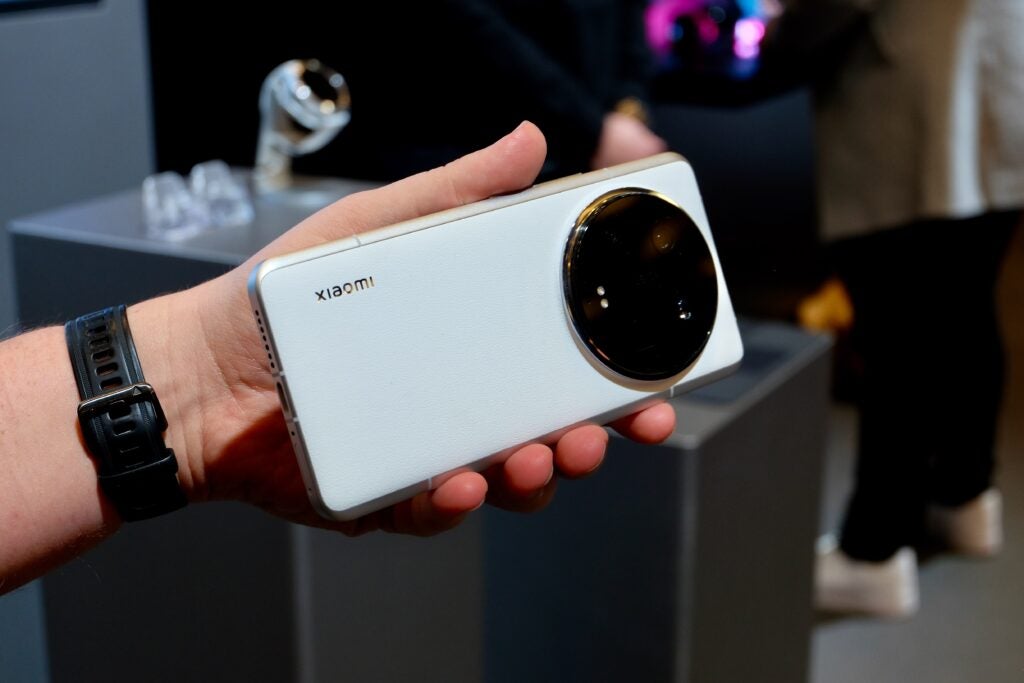

By bringing its superpowered flagship to more regions, including Europe and the UK, Xiaomi is offering a real alternative to those who want to spend over £1000 on an Android phone. This Xiaomi 14 Ultra ticks just about all the boxes, with a mouthwatering 1-inch main camera with variable aperture, an optional camera grip accessory and all the specs and features anyone could want.
Introduction
Well, it looks like the Samsung Galaxy S24 Ultra has some true competition in the flagship Android smartphone space. Enter the Xiaomi 14 Ultra.
The Xiaomi 13 Ultra was a great phone, however the limited release made it a tough phone to recommend for those who didn’t fancy importing it. That’s all changed with its follow-up, the Xiaomi 14 Ultra.
Launched alongside the Xiaomi 14 at MWC 2024, the Xiaomi 14 Ultra is the brand’s no-sacrifice smartphone that packs in just about every feature anyone could want.
In the UK, the Xiaomi 14 Ultra will retail for £1299, putting it right up against the Samsung Galaxy S24 Ultra. There’s no US release confirmed.
I got to spend a short time with the phone in Barcelona and I think there’s every chance we could be looking at the best phone of 2024. Here’s why.
Camera
- Leica-branded camera
- Four focal lengths
- Optional camera grip
The camera is the star of the show on the Xiaomi 14 Ultra, and there’s every chance this could end up being the best camera phone on the market this year.
Packed inside the huge rear housing is a total of four 50MP sensors covering 12mm, 23, 75mm and 120mm focal lengths.
The main camera has a stepless variable aperture that can move between f/1.6 and f/4.0, giving the user an experience far closer to a traditional camera than a smartphone. This main camera also packs a 1-inch sensor and the photos it can produce look truly fantastic.
Elsewhere, there are two zoom cameras. The 75mm is ideal for portraits, while the periscope 120mm lens lets you get far closer to a subject. This camera also supports sharp macro shots for when you need to capture specific details, and with the help of AI it can hit 240mm.
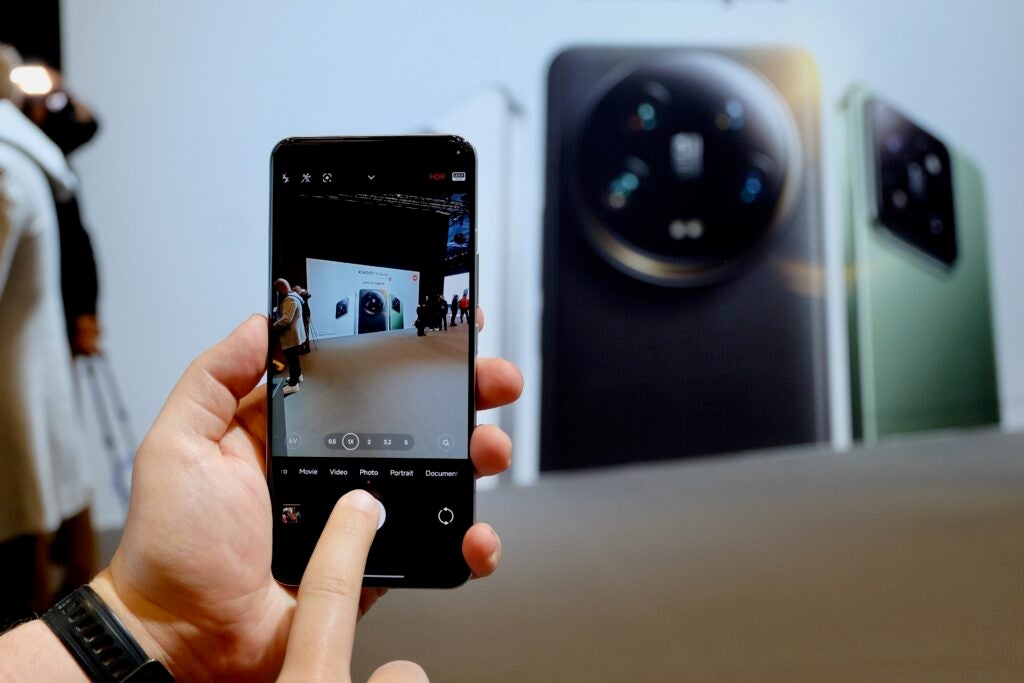
Xiaomi has once again teamed up with Leica, with the German camera brand helping tune the colours and give that traditional, true-to-life Leica look.
It’s not just photography though, as Xiaomi is also focusing on the video skills here. Footage can be shot in 8K at 30fps across all four separate lenses and there’s a new MasterCinema shooting mode that’s designed to give a more professional movie look.
The icing on the cake is an optional two-piece camera grip accessory that includes a two-stage shutter button, a zoom lever, a video recording button and an extra dial that can be customised.
The grip also functions as an external battery bank thanks to its 1500mAh cell. With this grip attached, the Xiaomi 14 feels even more like a proper camera and I am sure anyone interested in this phone will likely want this accessory too. Pricing is still to be confirmed, though it will launch at the same time as the phone.
Specs and Features
- Loads of RAM and storage
- Big battery with fast charging
- HyperOS
It’s really difficult to find a feature or high-end spec the Xiaomi 14 Ultra doesn’t possess. Powering the phone is the Snapdragon 8 Gen 3 chipset and that’s paired with a very healthy 16GB of RAM and 512GB of fast UFS 4.0 storage.
I wasn’t able to run any of our usual benchmarking apps or play any intensive games during the session, but we’ve reviewed several phones powered by Qualcomm’s latest chip and each has impressed – so all signs point to this being very capable too. There’s also Wi-Fi 7 and Bluetooth 5.4 onboard.
Inside there’s a 5000mAh battery which supports 90w wired charging and 80w wireless charging (when paired with a capable stand). There is a plug and cable in the box.
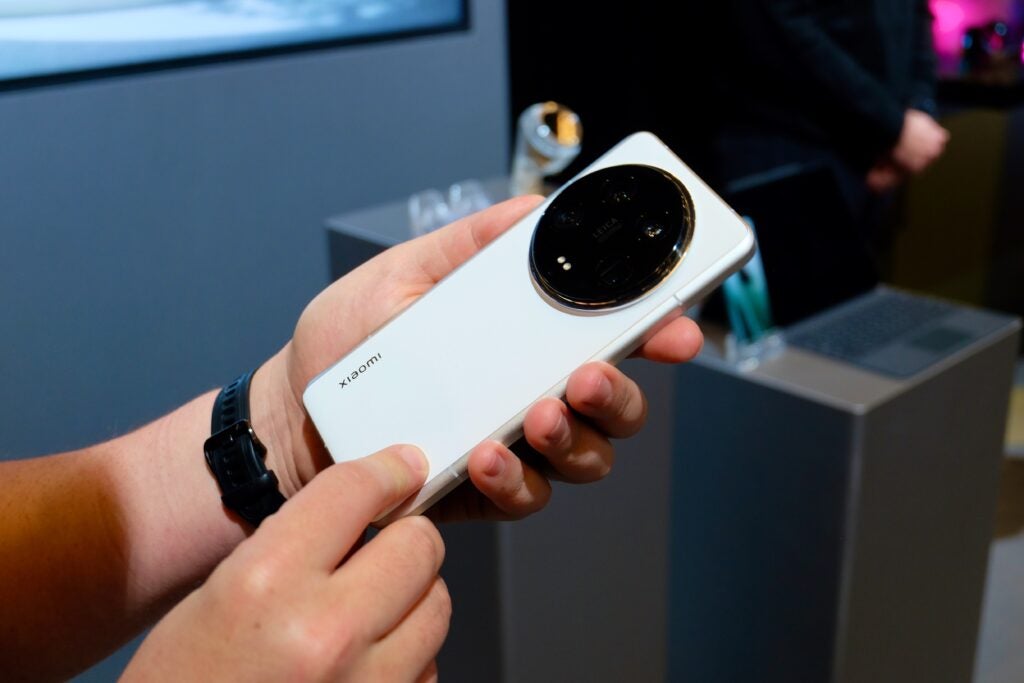
There’s one area where I am less positive about the Xiaomi 14 Ultra, and that’s the software. While Xiaomi’s Android skin has a new name – HyperOS – it looks very much the same, and it has many of the same issues. This vision of Android is nothing like Google’s, instead it feels a lot more like iOS. The quick settings that are accessed with a swipe down on the homescreen mimic Apple’s Control Center and the app icons are squared.
There was also a load of preinstalled apps on my demo unit – this could change in the retail version, though judging by the Xiaomi 14 I wouldn’t expect a huge reduction – and Xiaomi hasn’t quite nailed the design of its native services.
Xiaomi does say that HyperOS has a focus on performance, with improved file and memory management systems. I didn’t use the phone long enough to judge whether this made any difference, but we will test it for the full review.
Design and Screen
- Textured back
- Flat display
- Huge camera housing
Even though this phone is the pricier sibling of the Xiaomi 14, the two have different design outlooks – and it’s the Ultra that has the more eye-catching overall look.
The standout design element is the mammoth camera housing on the back, which takes up most of the top portion of the phone. I don’t think this look will appeal to everyone, but it does play into the Xiaomi 14 Ultra being just as much a camera as a phone.
Xiaomi has tweaked the design from the Xiaomi 13 Ultra, removing the huge divot that previously sat underneath the camera bump and making everything a lot more flat. It’s a small change that makes a huge difference to usability.

I still find that due to the sheer size of the camera, it can be tricky to find a comfortable position in which to hold the Xiaomi 14 Ultra. My fingers naturally encroached on the sensor as there wasn’t enough space anywhere else and it’s hard to find a spot where they could sit. This also made the outer camera glass get very smudged, very quickly.
Surrounding the camera is a faux leather finish, in either white or black, that adds a nice bit of texture and furthers that compact camera look. I’m a huge fan of these finishes as they’re more durable than glass and don’t pick up any fingerprints.
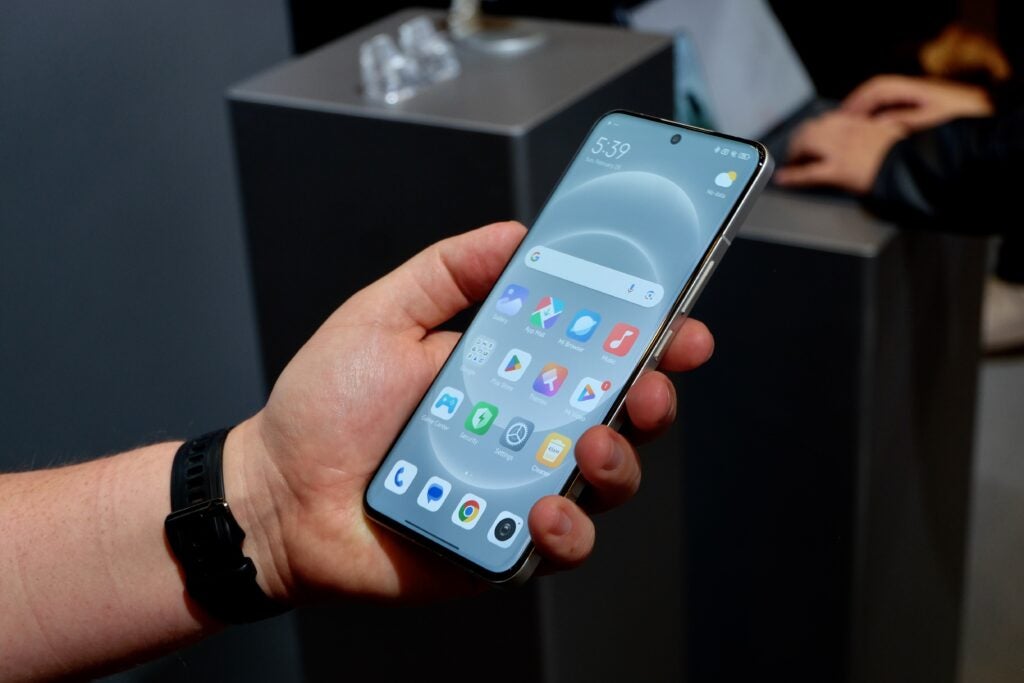
Another notable change over the 13 Ultra I reviewed last year is that the screen is now mostly flat, without any heavy curves on the edges. There’s still a slight slope on both the screen and back, but it’s far closer to the Samsung Galaxy S24 Ultra than the OnePlus 12. I’m a fan of this change, as it reduces glare on the edges of the display and generally makes it easier to use.
The screen itself is fantastic. It’s an OLED panel, with a 1440p resolution, LTPO tech for a refresh rate that can move between 1 and 120Hz and all the HDR formats anyone could want: HDR10+, HLG and Dolby Vision. I was using the phone in a bright environment with spotlights everywhere and the panel did an admirable job of upping the brightness levels to combat the glare.
Early Verdict
By bringing its superpowered flagship to more regions, including Europe and the UK, Xiaomi is offering a real alternative to those who want to spend over £1000 on an Android phone.
This Xiaomi 14 Ultra ticks just about all the boxes, with a mouthwatering 1-inch main camera with variable aperture, an optional camera grip accessory and all the specs and features anyone could want.
The post Xiaomi 14 Ultra appeared first on Trusted Reviews.
Source Trusted Reviews ,Home Appliances Reviews


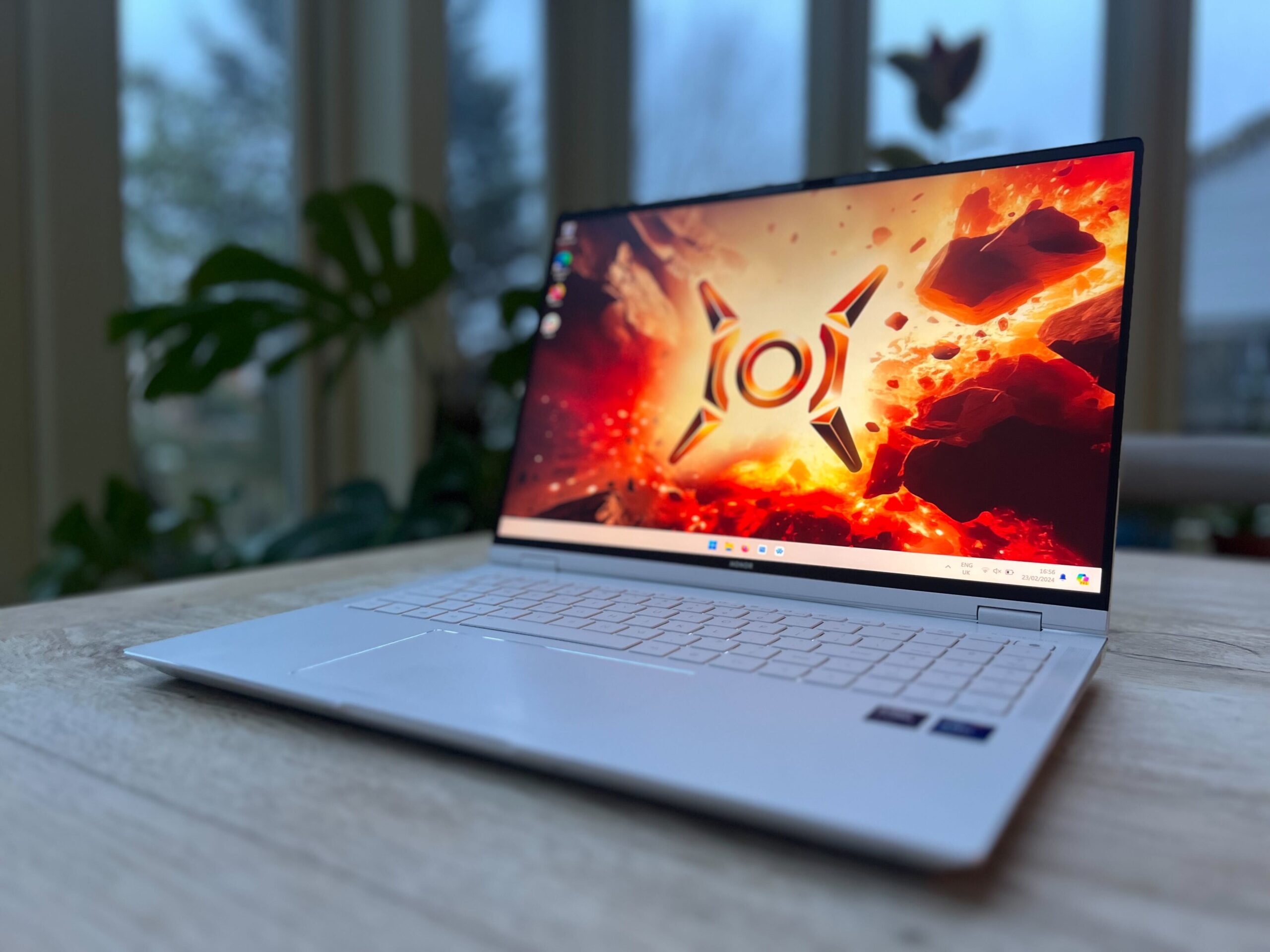

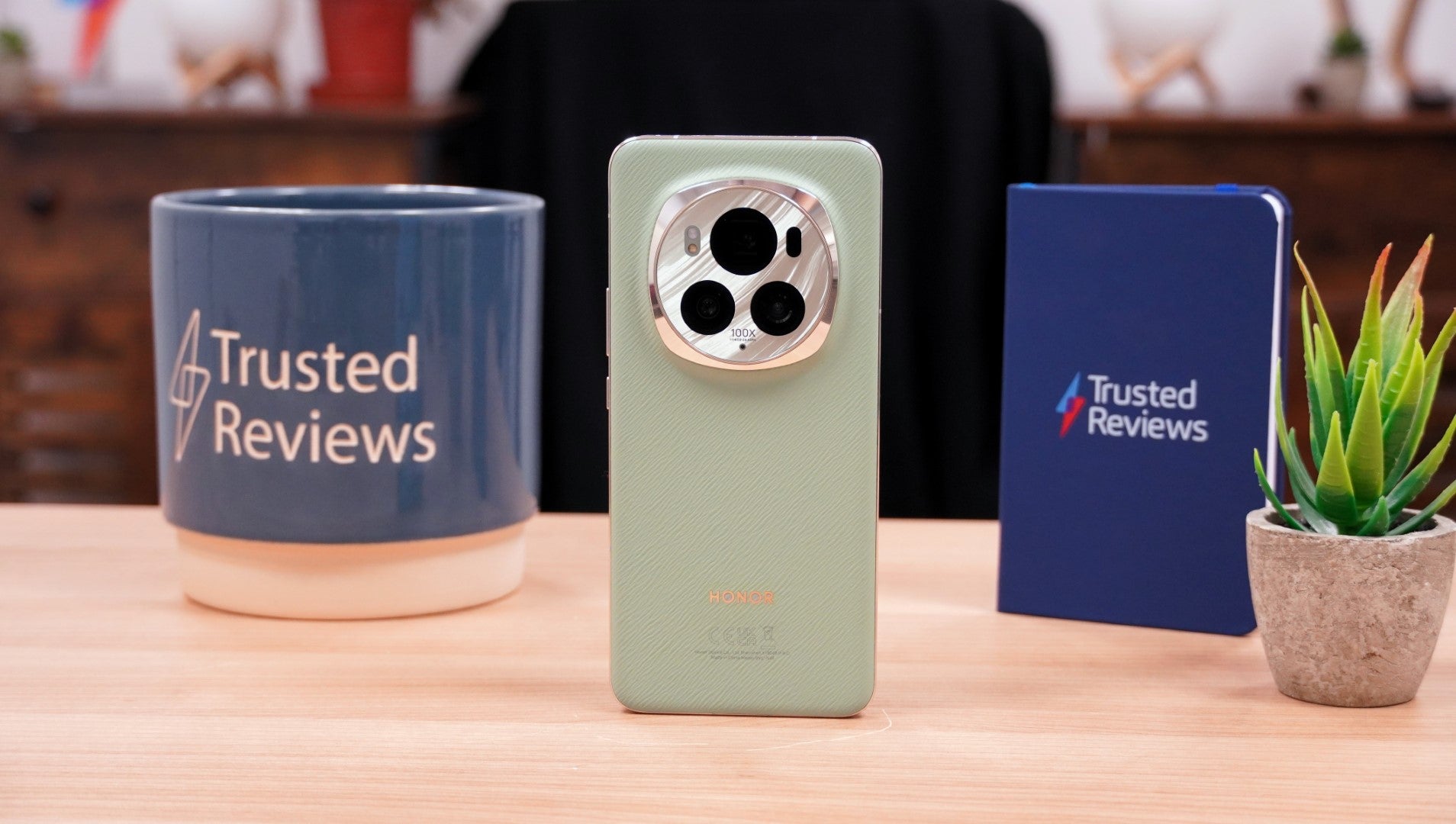
No comments